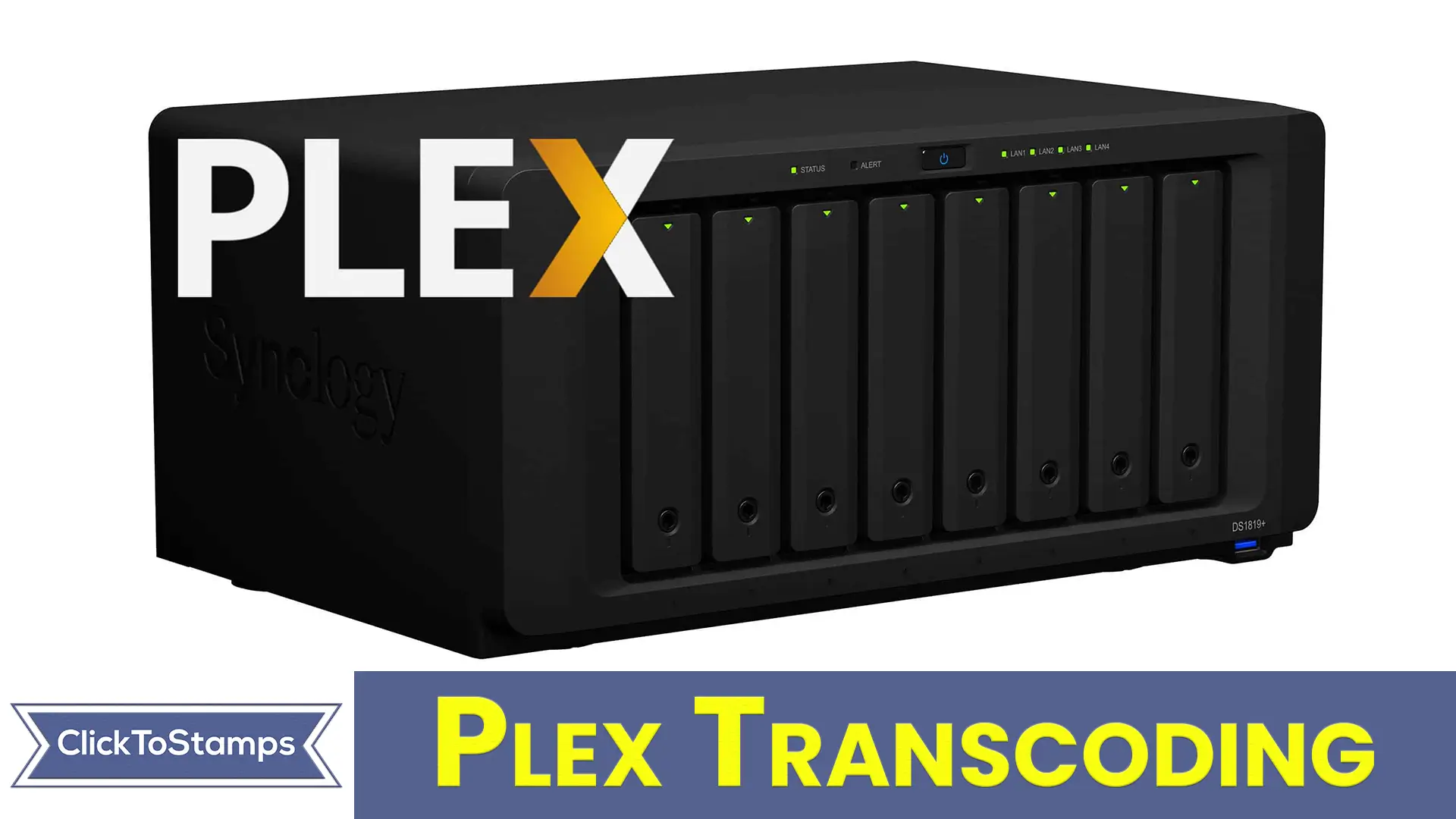Transcoding is the process of converting audio data from one format to another format.
Transcoding can be used for a number of reasons, including bandwidth conservation, improved audio quality, or accompanying devices (such as mobile phones) that cannot natively support the input format.
Another use of transcoding is to convert from one lossless compression format to another, such as FLAC to Apple Lossless.
Transcoding video is usually a process of converting a video from one format to another, or from one video codec to another.
Video transcoding is used for various reasons such as a conversion between formats (in the same codec family), to change the resolution and/or aspect ratio, or to cut off parts of the video and save storage space.
Contents
Plex Server Specs:
Plex has some suggestions as to what type of computer you’ll need to use their software.
For commercial applications, imagine a slightly higher-level machine that’s able to handle tasks like intense graphical design and computation.
Plex also works on many different types of servers, which can be a dedicated communications link server (high-performance and reliable). Servers help in sharing resources over local networks and the Internet.
Common server roles include web servers, mail servers, and file servers (media libraries for example).
Plex System Requirements:
The Plex Media Server system requirements are a guide to the hardware and operating system requirements for running the Plex Media Server software.
In addition to the requirements below, you will need to make sure you have enough disk space, as Plex will use the amount of disk space available on the system drive (usually C:) minus the amount of space it needs to store your media.
- No transcoding
- Single 4K transcode
- Single 720p transcode
- Single 1080p transcode
Why I Need Plex Transcoding ?
At LimeTorrents we compile files for Plex, which also works on a slew of NAS machines.
A NAS drive can be used to back up large amounts of data – like a digital library of movies or music – and make that data available to remote clients simultaneously.
Does Plex Support Gpu Hardware Transcoding?
Yes, Plex transcoding is CPU intensive which is used to make the process more efficient and for those who want even better performance, we’ve added experimental hardware transcoding support.
From the Transcoder advanced settings page, enable “Use hardware acceleration when available (Experimental)” to take advantage of faster transcodes using the Intel Quick Sync Video, NVIDIA and AMD GPU hardware encoders included with supported Plex clients.
Only H264 is currently supported and you must be using PMS 1.5 or later.
How To Avoid Transcoding As Much As Possible?
Whether you stream content directly from a server or download it to local storage, remember that not all content is suitable for playback in every circumstance.
Although it can be tempting to focus mainly on the quality of the media itself, it’s important to remember that there are other factors that determine whether your end users will have a great viewing experience or one that’s less than stellar.
It’s helpful to understand a little bit about your intended audience and what kind of devices they might be using when streaming remotely through a VPN for example!

